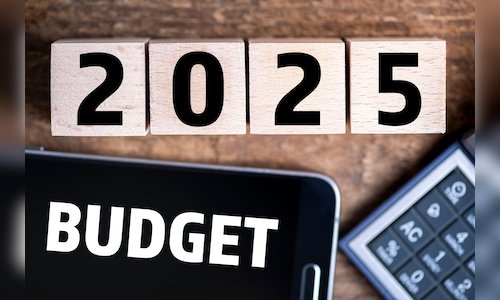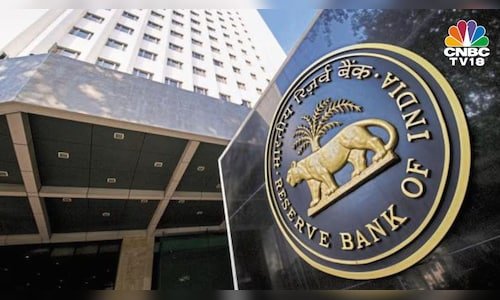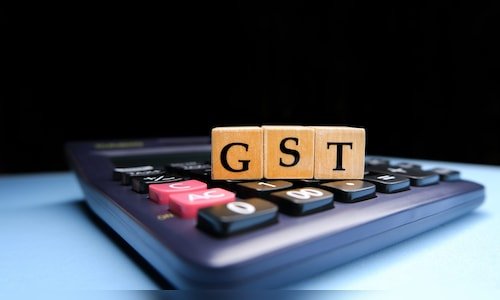The government has just ₹80,000 crore to ₹1 lakh crore in Budget 2025 for stimulating the economy, according to Neelkanth Mishra, Chief Economist at Axis Bank.
In an interaction with CNBC-TV18, Mishra breaks down the fiscal math to explain why the available fiscal space is constrained.
“If your GDP is growing at 10%, and if the fiscal deficit quantum remains the same, the deficit will come down from 4.9% to 4.5%,” Mishra said.

Also Read: Govt pegs FY25 fiscal deficit at 4.9% of GDP
In absolute terms, the fiscal deficit (the gap between government’s income and expenditure) currently stands at a little over ₹16 lakh crore. The government had set a fiscal deficit target of 4.9% for 2024-25, with a target of 4.5% or below by 2025-26 (FY26). The nominal GDP for the current year is expected to be around ₹324 lakh crore.
| Parameter | Projections |
| Fiscal Deficit (2024-25) | ₹16.5 lakh crore (4.9% of GDP) |
| Fiscal Deficit Target (2025-26) | 4.5% of GDP or below |
| Nominal GDP Estimate (2024-25) | ₹324 lakh crore |
With nominal GDP expected to grow at 10%, tax revenues are also projected to increase by 10-11%, adding about ₹4.2-₹4.3 lakh crore in gross tax revenue.
Also Read: India’s April-November fiscal deficit at ₹8.47 lakh crore
After the share of taxes is transferred to states, the Centre is left with about ₹3 lakh crore, he explained. From this amount, ₹1.2 lakh crore is required for interest payment on past borrowings, leaving the government with ₹1.8-₹2 lakh crore.
After meeting mandatory spending obligations such as pensions, subsidies, and defence, the government is left with just ₹80,000 crore-₹1 lakh crore, which it can allocate to capital expenditure (capex) for infrastructure and other public projects.
| Parameter | Projections |
| Gross Tax Revenue Growth | 10-11%, adding ₹4.2-₹4.3 lakh crore |
| Net Tax Revenue (Centre’s Share) | ₹3 lakh crore (after transfer to states) |
| Interest Payments | ₹1.2 lakh crore |
| Mandatory Spending (Pensions, etc.) | ₹1-₹1.2 lakh crore |
| Balance With Govt | ₹80,000 crore-₹1 lakh crore |
Why the govt might stick to its fiscal path and where it could spend
Samiran Chakraborty, Chief Economist-India at Citigroup, who joined the conversation with Mishra. pointed out that India’s fiscal policy has been conservative in recent years, and with multiple global headwinds, including the pressure on the rupee, it makes sense to remain conservative.
Also, with S&P putting India on a positive outlook for the first time in 19 years, the government has limited room for deviation if it hopes to secure a ratings upgrade.
Mishra believes the ₹80,000 crore to ₹1 lakh crore of fiscal space needs to be spent wisely, and capital expenditure offers a much stronger multiplier effect than tax cuts.
“If you spend another ₹50,000 crore on a tax cut, it’s a rounding error,” he said, adding that such small tweaks won’t significantly boost GDP growth. To meaningfully support growth by 1-1.5%, strategic spending on capex is essential.



